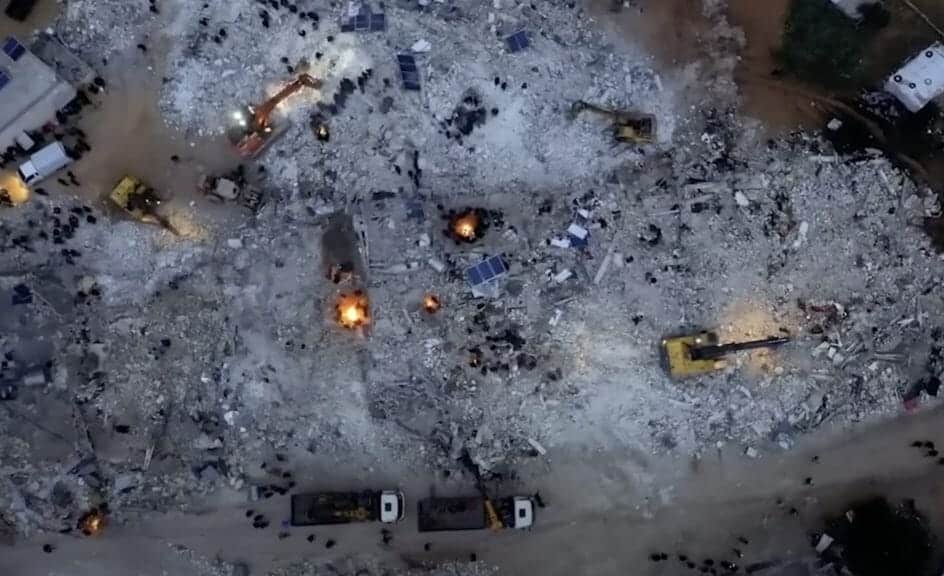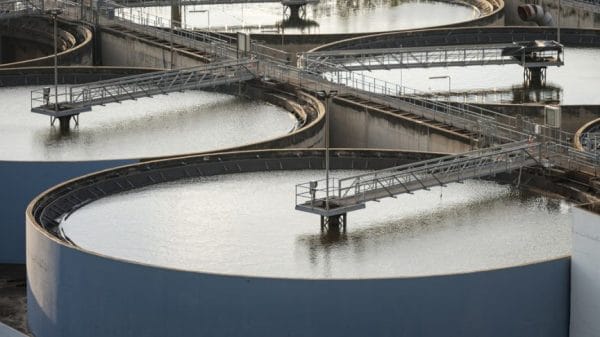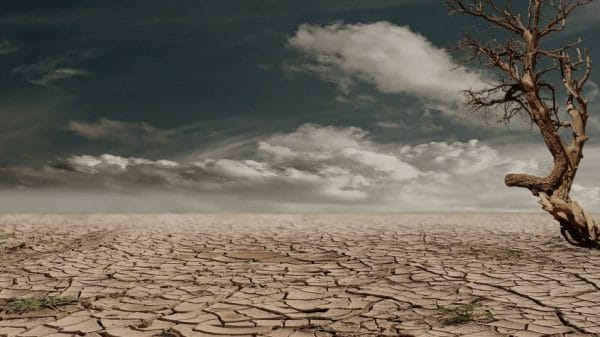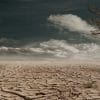Nearly a week after Turkey weathered a 7.8 magnitude earthquake, rescuers are still actively searching for and recovering survivors.
The 7.8 earthquake is reportedly the deadliest earthquake in over a decade.
Between Turkey and Syria, experts have confirmed over 41,200 people have died due to the massive quake on February 6. Meanwhile, survivors are still fighting for their lives. Almost everyone is left without food, shelter, and support in a freezing winter climate.
Initially, rescue efforts focused on locating and recovering injured and trapped persons. As recent as Tuesday, February 14, emergency responders pulled nine people from the building wreckage, including two brothers aged 17 years old and 21 years old respectively.
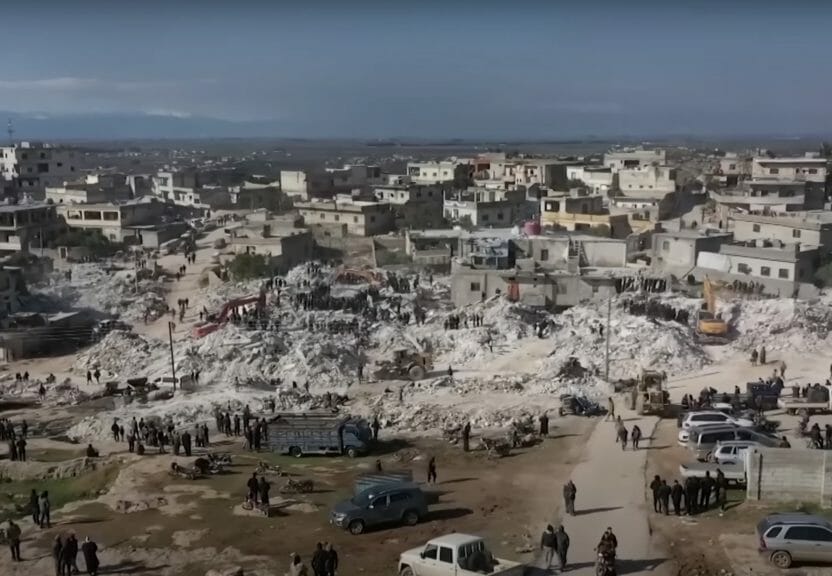
Credit: YouTube/Wall Street Journal
Children and teenagers are a prime range of concerns for emergency responders and experts. The ten Turkish provinces affected by the earthquake are home to over 4.6 million children in total. 2.5 million more children in Syria have been affected by the disaster.
Many blame the total devastation and mass death on flimsy housing projects recently constructed in Kahramanmaras, also known as Maras, Turkey, as well as other nearby cities.
Maras, Turkey was just miles away from the earthquake’s epicenter. Maras’ almost 150,000-person population suffered heavily from the natural disaster.
In 2019, Turkish President Recep Tayyip Erdogan celebrated the housing issues related to Maras’ population,
“We solved the problem of 144,156 citizens of Maras with zoning amnesty,” referencing the city’s new, cheap housing. Just months later, Erdogan celebrated the same housing structures in Hatay, Turkey: “We have solved the problems of 205,000 citizens of Hatay with zoning peace.”
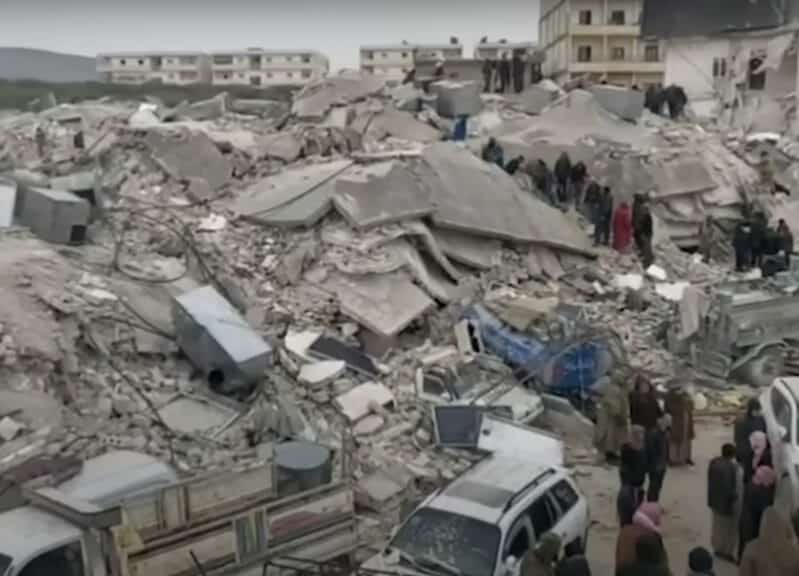
Credit: YouTube/Wall Street Journal
Erdogan’s terms “zoning amnesty” and “zoning peace” allude to the widely-distributed construction amnesties that encouraged and allowed contractors to ignore safety regulations and skip steps necessary to ensure the housing units would be stable––and would be able to weather a major earthquake.
While the buildings functioned as shelters, they were not outfitted with the proper shock absorption features necessary to weather natural disasters, including large earthquakes. Engineers, architects, and experts in the matter all look to these flimsy structures as one of the leading causes of February’s sky-high death toll.
Turkey’s leading news site Duvar recently posted an old tweet from Erdogan. In 2013, to commemorate the 1999 anniversary of the Marmara earthquake that killed over 17,000 people, Erdogan tweeted: “Buildings kill, not earthquakes. We need to learn to live with earthquakes and take measures accordingly.”
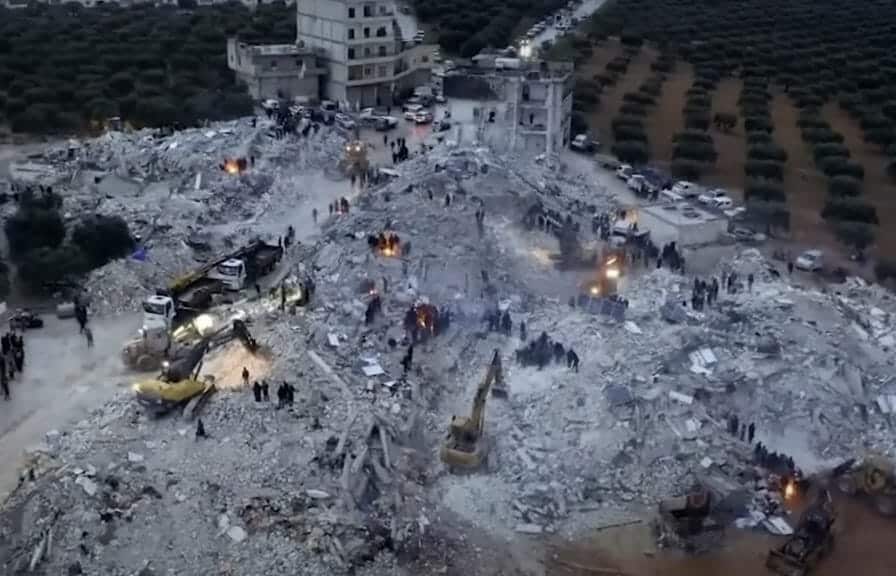
Credit: YouTube/Wall Street Journal
The latest efforts in Turkey and Syria are currently focusing on providing support to the survivors and assisting the community to rebuild itself.
After the earthquake destroyed the public buildings and housing, many recovery communities don’t have access to shelter, food, or warmth, even after they are excavated from the collapsed structures.
Hassan Saimouna commented on the conditions of his family and friends: “People are suffering a lot. We applied to receive a tent, aid, or something, but up to now we didn’t receive anything.” Saimouna and his family are currently staying in makeshift tent structures on a playground in the city of Gaziantep in southeast Turkey.
Many earthquake refugees have resorted to using plastic sheets, cardboard, and blankets to construct makeshift shelters in open areas.
Experts are also concerned over potential public health emergencies that often co-occur with compromised or contaminated sanitation systems, including a possible outbreak of infectious disease.
Worldwide, experts are concerned about the individual and country-wide trauma this disaster is imposing on millions. Turkey’s representative Batyr Berdyklychev of the World Health Organization (WHO) recommended that Turkey will need to “focus on trauma rehabilitation.” Berdyklychev, among others, urges that Turkey prioritizes psychological and mental aid, in addition to physical and economic aid, to recover as a population.
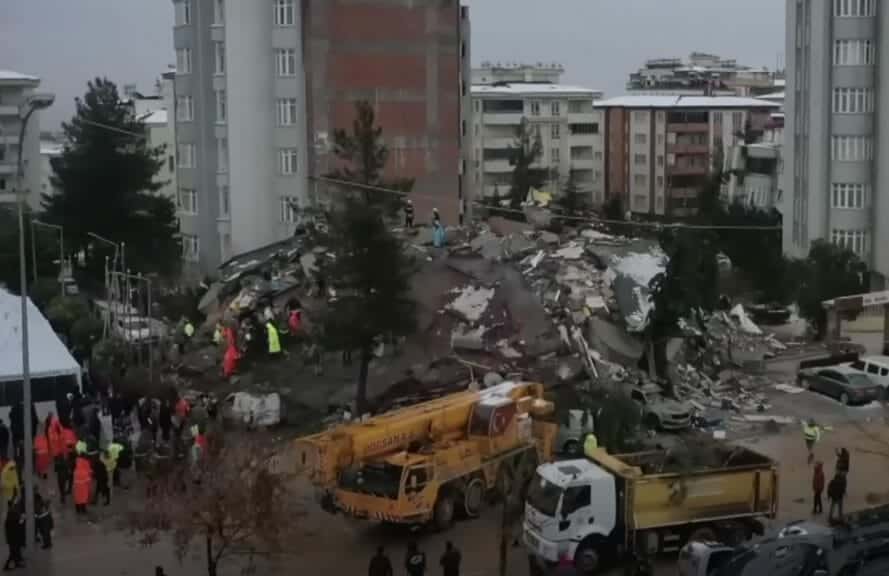
Credit: YouTube/Wall Street Journal
The UN has recently committed $397 million in humanitarian aid appeals to the earthquake victims and survivors in Syria. They are finalizing a similar aid appeal for Turkey.
Syria and Turkey are both under heavy criticism for the slow response of aid from local, national, and international sources. Syria in particular is the site of a long-term humanitarian crisis and has experienced extreme difficulty providing food, aid, shelter, and recovery to affected citizens. The freezing winter environment has only worsened the conditions for survival.
Syrian President Bashar al-Assad decided on Monday to open “the two crossing points of Bad Al-Salam and Al Ra’-ee” for three months to “allow for the timely delivery of humanitarian aid.”
While several trucks and a plane filled with supplies and emergency responders have arrived in Syria to provide support, the country is awaiting more support in the coming days.
Interested in reading more about the initial impact of the earthquake and response efforts? Click here to read about the immediate aftermath of the world’s deadliest quake in over a decade.


